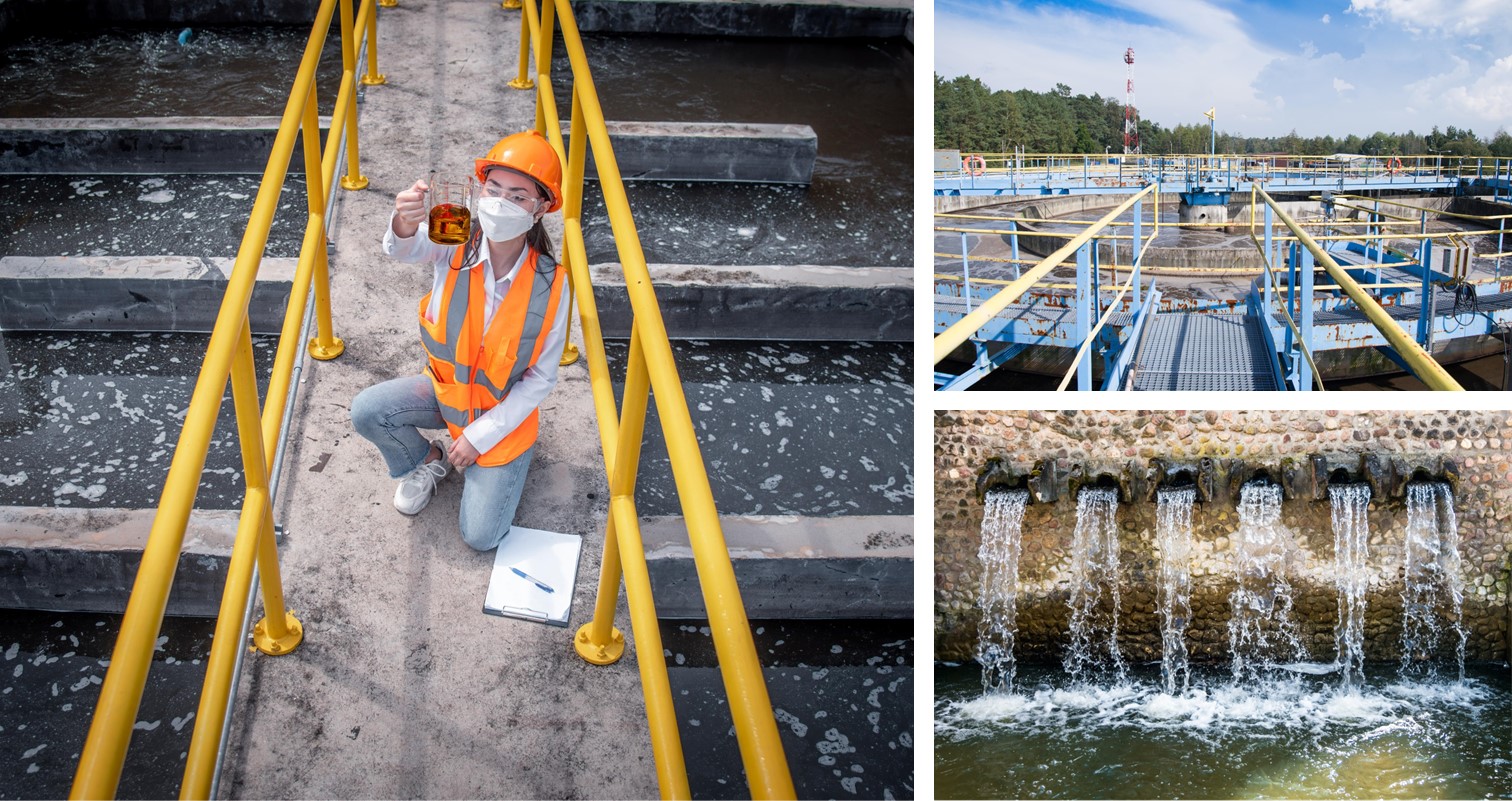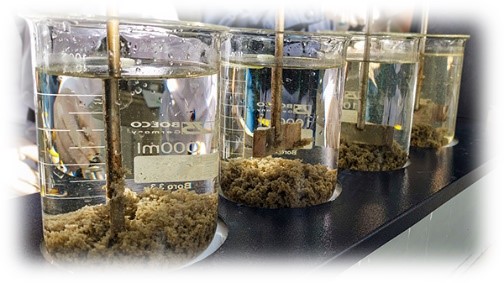
Industrial Water Treatment: Solid-Liquid Separation
Industrial water treatment is a fundamental process to reduce the contamination levels of its liquid wastes before they are discharged into the sewage system or surface water course.
The addition of chemicals in the wastewater has the purpose of altering the physical state of these substances, which would remain stable for an indefinite period to convert them into particles susceptible to separation by sedimentation or suspension.
For a physicochemical separation in water treatment to be effective, the application of coagulants in the coagulation process and flocculants known as the flocculation process is required.
Coagulation
The first step, coagulation, involves adding an electrolyte to the water, called a coagulant, which is usually an iron or aluminum salt. Its way of acting is the release of positive ions capable of attracting colloidal particles and neutralizing their charge or through the formation of products of low solubility that precipitate by dragging the colloids.
The optimization of the coagulation process depends on three determining factors: pH, agitation, and type of coagulants.
The pH is a critical factor in the coagulation process. For each electrolyte, there is a working range, outside of which the product is wasted, and the yield of the process decreases. It is possible to correct the working margins by adding adjuvants such as quicklime or slaked lime, sodium carbonate, caustic soda, or mineral acids.
On the other hand, the agitation of the mixture will allow a homogeneous distribution of the reactants before the clot begins to form. Considering that the coagulation time is noticeably short, this mixing should be carried out in the shortest possible time by applying mechanical agitation.
Flocculation
Flocculation aims to unify the clots formed into large particles. To achieve this, a flocculating agent is introduced, and the water to be treated is subjected to slow agitation, ensuring the mixing of the reagents without breaking the formed flocs.
The most used flocculants are minerals called polyelectrolytes for their electrical charges. Depending on their nature, they will be:
- Non-ionic
- Anionic
- Cationic
Your choice will always depend on laboratory tests. Each laboratory test comes with a report containing the method of analysis, results (recommended dosage), and recommendations on how to apply the products according to the equipment that each company has.
We have the necessary experience in wastewater treatment, and we offer our customers technical support to perform this type of test and recommendations for system improvements to obtain the best performance of the applied products. For more information, contact us, and one of our experts will get back to you as soon as possible.















